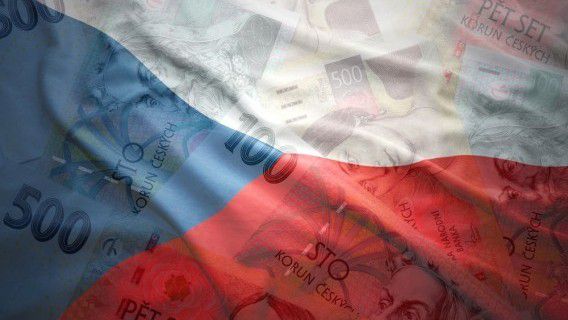
The foreign trade balance reached a CZK98.5 billion surplus in the first half of 2018, ending below last year's level due to stronger investments, higher oil prices and a deceleration in car exports. But this is still reasonable result given a 5% strengthening in the koruna, constrained capacity of Czech producers and weaker foreign demand.
Foreign trade reached surplus in June, but ended lower in YoY terms
June's foreign trade balance reached a surplus of CZK15.8 billion. On a year-on-year basis, the balance was down CZK3.5 billion, mainly due to a higher deficit with oil products, which is related to higher oil prices this year, and a lower year-on-year surplus with cars and other transport equipment.
Total volume of exports stagnated in YoY terms in 1H18, imports increased
Exports in June reached just CZK315 billion, which is the highest value this year. From a year-on-year perspective, this is even a slight increase, and is thus a positive surprise, as exports in nominal terms had been gradually slowing down or even falling since the beginning of this year (see chart). Thanks to the higher value in June, however, the total volume of nominal exports in 1H18 ended at a similar level as the record high in 2017. But nominal imports are growing this year due to higher domestic demand, import-intensive investment and higher oil prices.
Total surplus is weaker but results of exports remained solid in the first half of 2018
As such, the total foreign trade surplus in the first half of the year reached CZK98.5 billion but it was CZK15 billion below the value of the first half of 2017. In addition to higher imports, the lower surplus was driven mainly by a lower surplus in the export of motor vehicles. Exports of cars in nominal terms are slowing down this year after double-digit growth in 2014-2017. This is due to a high base from last year, the constrained capacity of producers and weaker foreign demand in the first half of this year. However, the koruna's exchange rate was almost 5% stronger in 1H18 (26.8 vs CZK 25.5 per euro), which also negatively affects the nominal value of exports. In the context of all these constraints, the results of domestic exporters in the first half of this year is still favourable. At the same time, exports of many other significant parts remained strong in the first half of this year and further accelerated from a year-over-year perspective (e.g. computers and electrical equipment). Though net exports will drag GDP growth down this year, export activity in 2018 remains solid.
Source, Image, Author: Jakub Seidler, Chief Economist, ING Bank Czech Republic